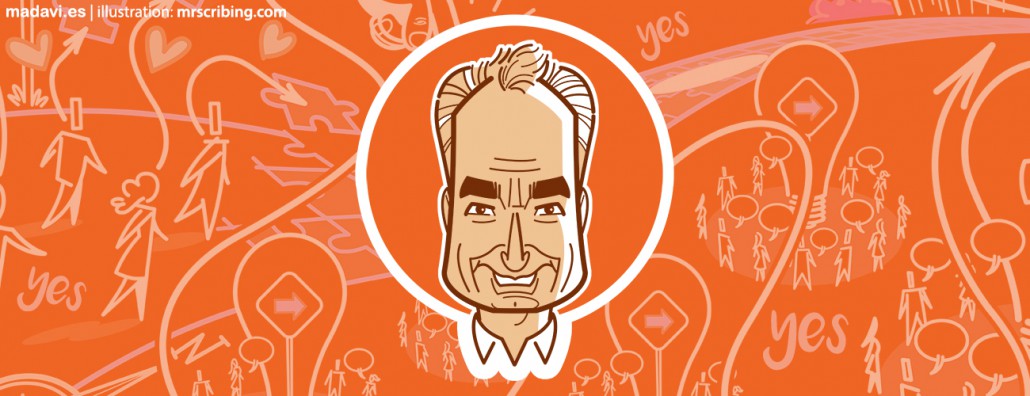By Fernando Iglesias, CEO of Madavi
We have belonged to tribes since the beginning of time; but today more than ever we live in a collaborative age in which we have many identities and affiliations with different groups. For this reason, in all social and economic spheres today, people talk about diversity. My proposal is to move from diversity to microdiversity, as a way of going a step further towards a more balanced and profitable world in organizations.
Equanimity and appreciation are antidotes to the three mental states that generate imbalance and lack of wisdom, these being: attachment, rejection and indifference. Attachment makes us see the person as better than they are; rejection, worse than they are; and with indifference, we don’t even consider them.
We’ve been talking about diversity for a long time, concentrating on factors of condition, whether those of gender, race, sexual condition or age – the last-named being less talked about but linked to serious marginalization, especially towards the silvers. In my opinion, this way of looking at people, more coarse than subtle, is limited in its use because it pigeonholes them using excessively broad labels.
In fact, these labels should be irrelevant in the world of work. If they were irrelevant, it would mean that in selection and promotion they would be ignored, which is what it is all about. That they shouldn’t add or take away anything.
What is microdiversity?
The first thing microdiversity requires is to see the person for their strengths, of which there are 4 types: skills, qualities, knowledge and relationship network. In a way, a person’s set of strengths is their instruction manual, the functionality that they bring.
If we analyze strengths, we don’t find clear correlation between condition and strengths, or at least, the number of exceptions with respect to the archetypes is very high, even if trends are found.
So do the testing, define the strengths of a large number of people, eliminating their names or any reference to their condition. After that, get other people to try and find out what conditions apply to them, and they will be surprised.
A team, a company, needs a diversity of strengths to hybridize and thus achieve exceptional results. It is about aligning strengths with aspirations and goals. In summary, what is needed is microdiversity and the ability to harness it.
If we had it, we would act more wisely. When I say more wisely, I means the ability to see reality without one’s own mental projections (the stereotypes and prejudices generated by labels) so that, from there, we can make the most beneficial and least harmful decision at all times.
It’s the easy way, it’s the fast way.
And you, what would you like to be appreciated for in your work: your condition or your strengths?

